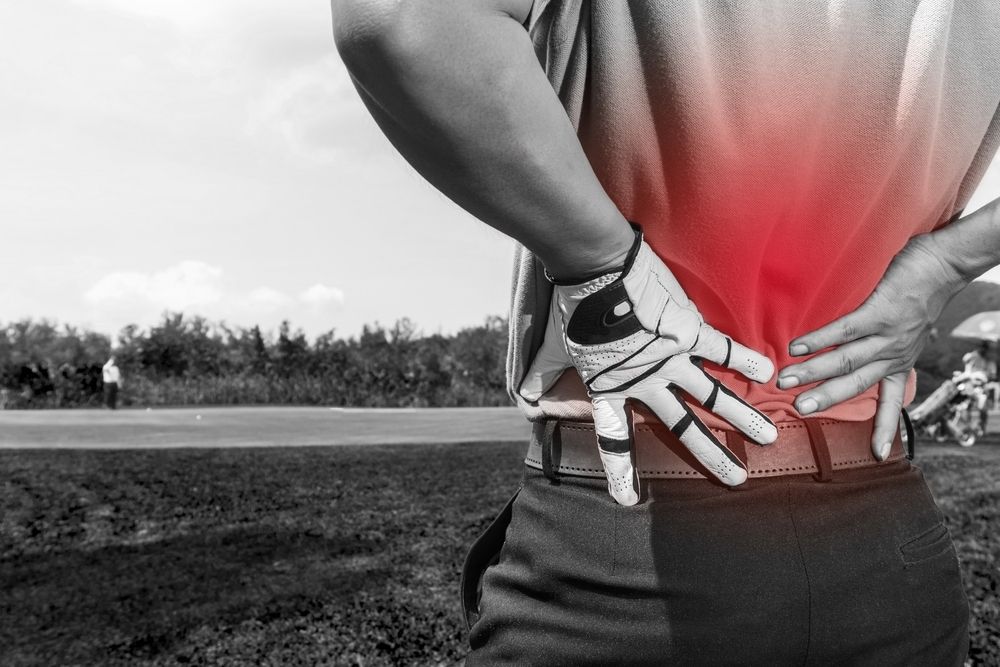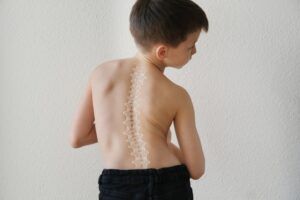Athletic activities promote physical fitness and mental well-being, but they also pose a risk to the spine and back if not approached with care. The spine plays a critical role in nearly every sport, supporting movement, absorbing shocks, and maintaining balance. However, improper techniques, overexertion, or lack of preparation can lead to debilitating injuries.
At Spine, Neck, & Back Specialists, Dr. Jay Reidler provides expert care for sports-related spinal injuries in Bloomfield, Englewood, and Union City, NJ. In this blog, we’ll explore common back injuries in sports, how to prevent them, and the best strategies for recovery.
Common Spinal Injuries in Sports
Sports-related spinal injuries range in severity, from mild muscle strains to more serious conditions that require medical intervention. The most common injuries include:
- Muscle Strains and Ligament Sprains: Overstretching or tearing muscles and ligaments in the back is common in sports like weightlifting, tennis, and football. These injuries often result in pain, swelling, and reduced mobility.
- Herniated Discs: High-impact sports such as gymnastics or basketball can lead to a herniated disc, where the soft cushioning between vertebrae protrudes, causing nerve compression and pain.
- Stress Fractures: Repetitive activities, such as running or rowing, may cause small fractures in the vertebrae, leading to conditions like spondylolysis.
- Spinal Stenosis: For athletes with a history of back injuries, repetitive trauma can narrow the spinal canal, leading to nerve compression and chronic pain.
- Spinal Cord Injuries: Though rare, contact sports like rugby or wrestling can lead to severe spinal cord injuries, resulting in temporary or permanent mobility issues.
Risk Factors for Spine Injuries in Athletes
Certain factors increase the likelihood of spine and back injuries in athletes:
- Poor Technique: Incorrect posture or form during activities like lifting or jumping.
- Lack of Conditioning: Weak core muscles fail to adequately support the spine during movement.
- Overtraining: Insufficient rest periods strain muscles and increase injury risks.
- Inadequate Equipment: Using improper footwear or poorly fitted gear can lead to misalignment and stress on the spine.
Preventing Spine and Back Injuries in Sports
Preventing spinal injuries requires preparation, discipline, and attention to proper techniques. A thorough warm-up increases blood flow to muscles, preparing them for activity, while cooling down with stretches helps reduce stiffness and maintain flexibility. Building core strength is also essential, as strong core muscles stabilize the spine during high-impact activities. Incorporating exercises such as planks, bridges, and Pilates into your training routine can provide significant benefits.
Focusing on proper technique is equally important. Working with a coach or trainer ensures that activities involving heavy lifting, running, or jumping are performed with correct form to minimize strain on the spine. Using appropriate equipment, including supportive footwear, ergonomic tools, and protective gear designed for your sport, further reduces the risk of injury.
Athletes must also prioritize rest and recovery. Overtraining without adequate rest can strain muscles and increase the likelihood of overuse injuries, so scheduling rest days is critical for allowing the body to repair. Finally, listening to your body is key. Pain often serves as a warning sign of overexertion or improper technique, and addressing discomfort promptly can prevent further damage and support long-term spine health.
Treatment for Sports-Related Spine Injuries
Despite preventive measures, injuries can still occur. Early intervention is key to a successful recovery. Dr. Jay Reidler at Spine, Neck, & Back Specialists offers tailored treatments for athletes in Bloomfield, Englewood, and Union City, NJ.
1. Non-Surgical Options
- Physical Therapy: Strengthening exercises and manual therapy to restore mobility and reduce pain.
- Pain Management: Targeted injections or medications to alleviate inflammation and discomfort.
- Chiropractic Care: Realignment of the spine to relieve pressure and improve posture.
2. Minimally Invasive Surgery
For severe injuries like herniated discs or spinal stenosis, minimally invasive techniques such as microdiscectomy or spinal fusion can provide relief with shorter recovery times.
3. Long-Term Rehabilitation
Comprehensive rehab programs focus on restoring strength, flexibility, and function. Athletes are guided through personalized routines to safely return to their sport.
The Role of Professional Care in Spine Health
Navigating spine injuries requires expertise and personalized attention. Dr. Jay Reidler and his team are dedicated to helping athletes recover fully and prevent future injuries. By combining advanced diagnostic tools with a patient-centered approach, we ensure that each athlete receives the care they need to perform at their best.
We understand the financial concerns that come with medical care. That’s why Spine, Neck, & Back Specialists proudly accepts CIGNA PPO and many other insurance plans. Contact us to verify your coverage and explore your options for treatment.
Your Path to a Stronger, Healthier Spine
The health of your spine is crucial for athletic performance. Protecting it from injuries requires a proactive approach, combining preventive strategies with expert care when needed.
At Spine, Neck, & Back Specialists, Dr. Jay Reidler is committed to helping athletes in Bloomfield, Englewood, and Union City, NJ, maintain peak performance. Whether you’re recovering from an injury or seeking preventive advice, our team is here to guide you every step of the way.
Take control of your spine health today. Contact us to schedule an appointment and learn how we can support your athletic journey.
Sources:
- Hsu, W. K., et al. (2011). Spine Injuries in Professional Athletes: Current Concepts and Treatment Strategies. Clinics in Sports Medicine.
- Beynnon, B. D., et al. (2005). Risk Factors for Exercise-Related Injuries in Young Adults. American Journal of Sports Medicine.
- Swain, C. T., et al. (2019). The Role of Core Stability in Athletic Performance and Injury Prevention. Sports Medicine.




